Latest news and features

This quick fix Liquid Nails is impressive
We thought you would find this video interesting to watch. It shows the impressive strength of Instant Hold Liquid Nails from Selleys – it’s a pretty quick fix.
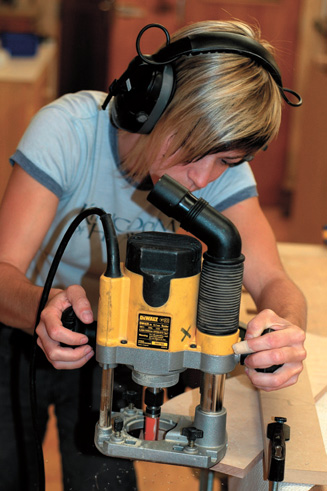
Getting a handle on veneer
This piece was originally designed as a bit of fun: a simple carcase construction with a handle detail that would provide me with a challenge while satisfying my passion for curvy, organic forms. I made the original version in maple with a bloodwood veneer. The contrast in timber and the handle detail made for a striking piece and I was commissioned to make another in cherry with birdseye maple veneer.
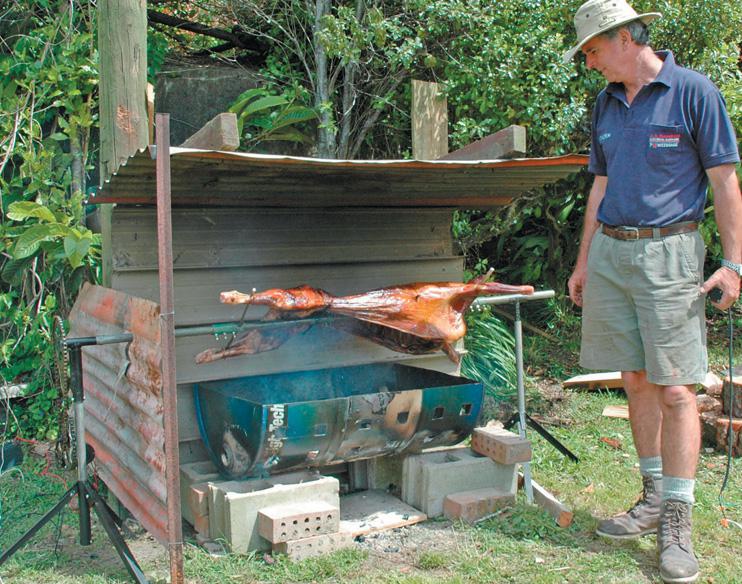
From scrap metal to cooking spit
It’s not my original idea. I used to live in Tutukaka and we’d go on 4WD rallies and claybird shoots in the backblocks where there was no power. It was a lot of fun. One time a guy turned up with a battery-driven spit and the idea stayed in my mind. You could take it where there was no power – I always said I would design something one day that worked with no power.
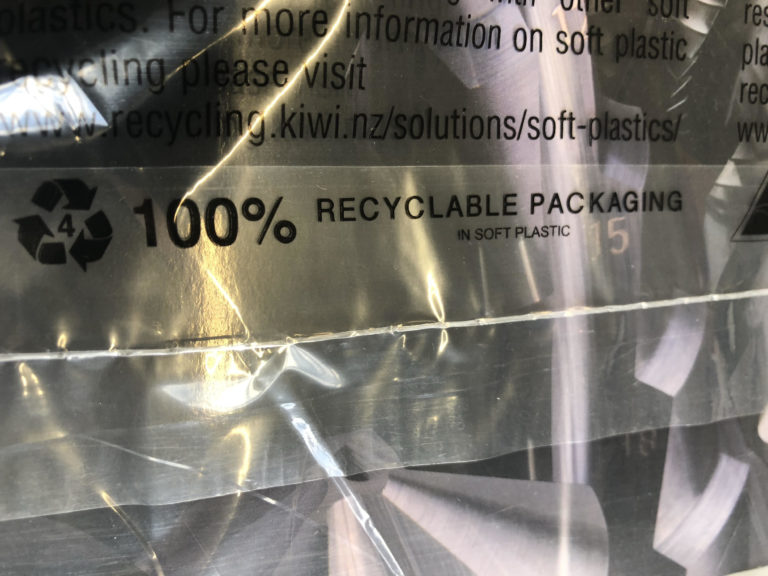
Recycle don’t bin that wrapper
This may interest you if you’re a Shed subscriber.
Did you know that the plastic wrapping that acts as an envelope for your home-delivered copy of The Shed is recyclable?
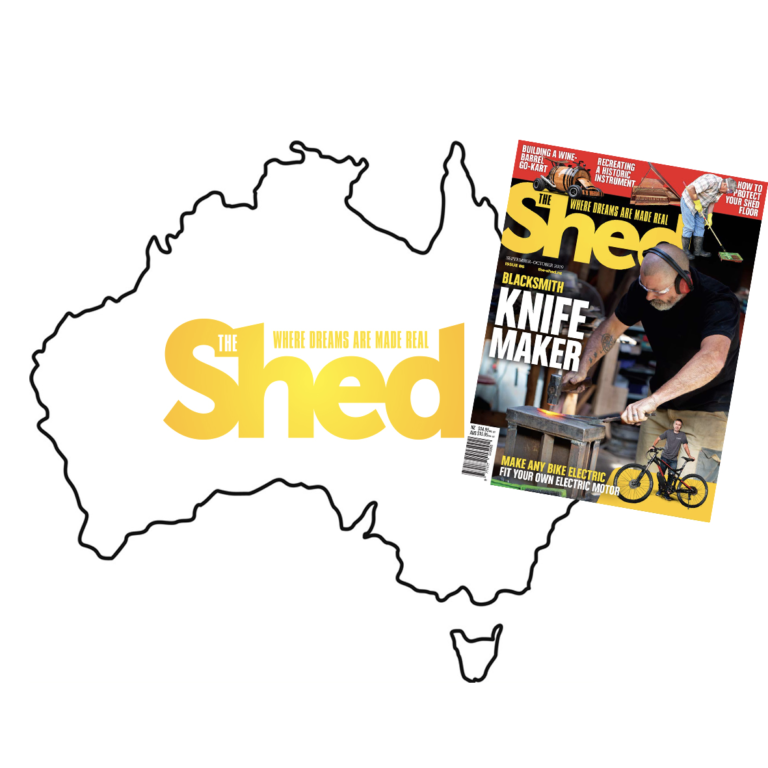
The Shed Issue 86 on sale nationwide in Australia today
Good news for our Australian readers of The Shed.
The September/October 2019 issue is on sale from today at your favourite magazine retailer. Click on the link below to find your nearest store or head to https://magstore.nz/ to purchase a copy or to subscribe to a print or digital version of the magazine.
https://the-shed.nz/home/2018/9/5/find-your-local-australian-the-shed-retailer
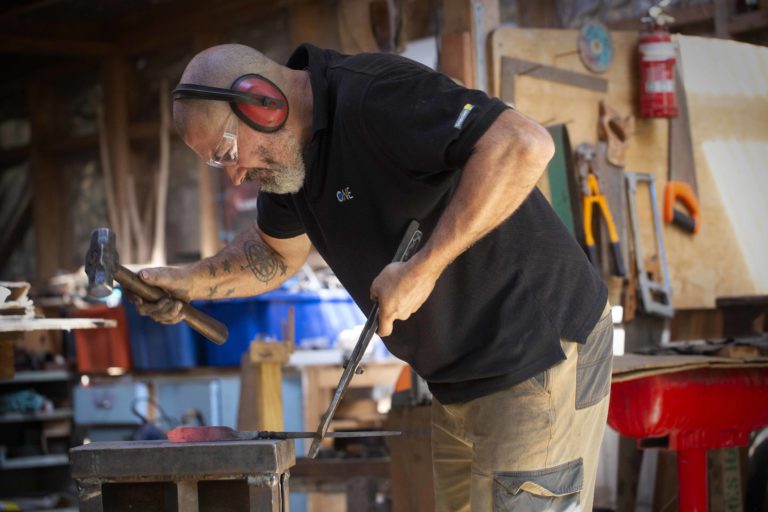
How to make a knife video by Josh Timmins from Issue 86
Meet the knifemaker from The Shed Issue 86 and watch how he makes a fully forged knife in his Whanganui shed
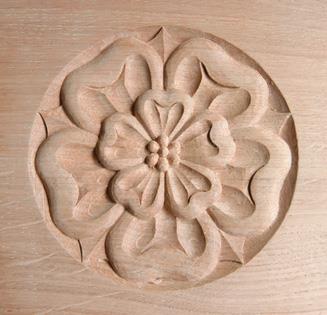
Carve a Tudor rose
An aspiring woodcarver who builds on a solid foundation of knowledge and technique will soon be creating impressive carvings. To demonstrate basic knowledge and techniques, we are going to follow the carving of a Tudor rose.
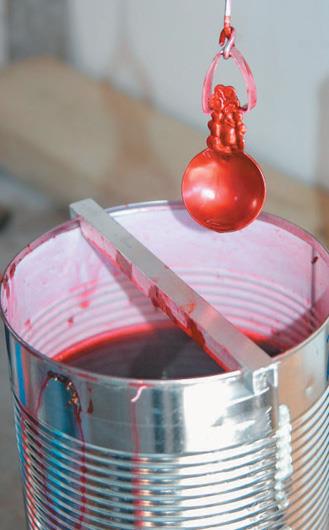
Colour anodise that aluminium alloy
Aluminium alloys have one critical failing, for all their good qualities of lightness, conductivity and strength. They corrode. One way to guard against corrosion is to create a hard oxide film on an aluminium alloy by anodising

The Shed Magazine, 2020 calendar competition
We are looking for twelve great shed shots for our first ever The Shed calendar. This calendar will be included with all subscriber and New Zealand retail copies of the January/February 2020 issue, on sale December 2 2019.
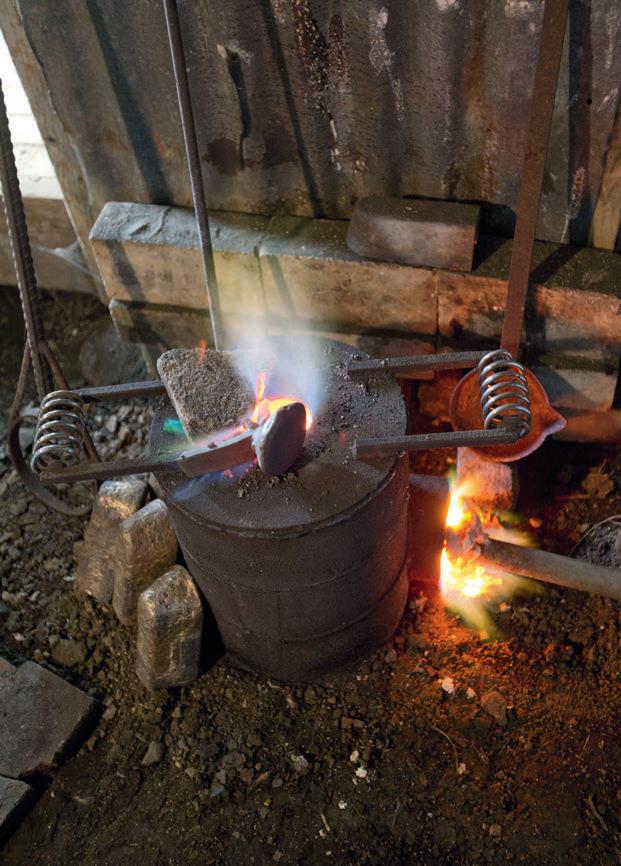
The bronze age
Brought up in a family of artists, Rudi Buchanan-Strewe has tried to break the mould and, after work experience as a blacksmith, he completed a motorcycle apprenticeship at Classic Cycles in Upper Hutt. A move back to Auckland saw him working for Ken McIntosh on his Manx Nortons before deciding, about eight years ago, to give in to his genes and pursue his love of sculpture.
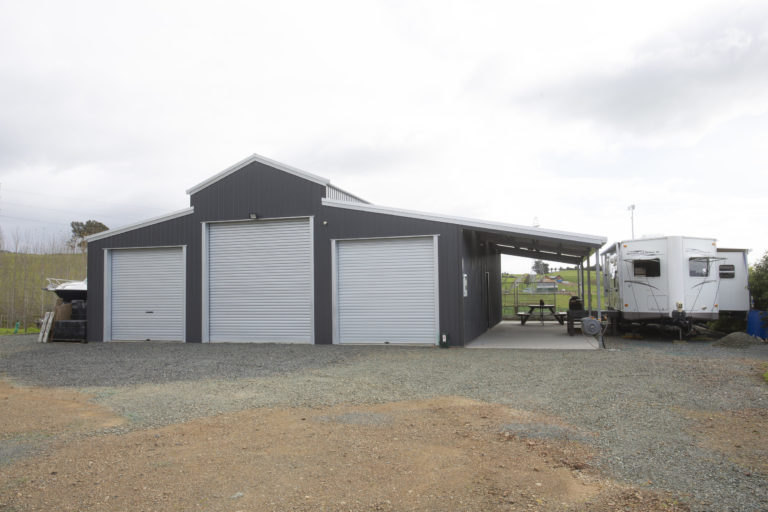
Trade profile – Kiwispan
Shannon Jordan and Louise Simmons sold up in suburbia and bought a block of land in Ruakaka, Northland, three years ago. They planned to live in a caravan while planning and saving for their house. From this magazine’s point of view, they had their priorities right and decided to build a shed first.
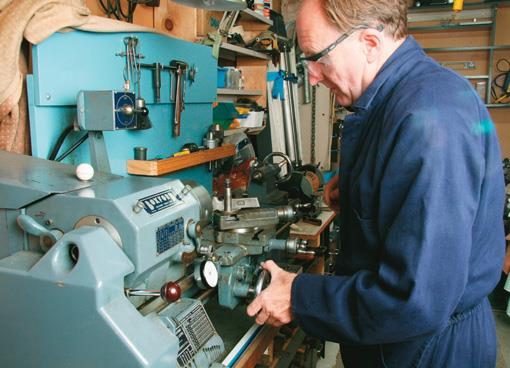
Lathe stop prevents scrap
I think most turners get frustrated with constantly having to stop the lathe and measure and re-measure the length along the bed as the work gets reduced.

No one regrets buying quality
Now with new, lower pricing
Honda’s inverter generators are famous for their reliability, fuel efficiency and portability but they also supply ‘clean’ power for phones, laptops and power tools. Older generators can produce power spikes or variable voltages that can damage modern appliances.

Big drill bits for every drill
Tusk HRS drill bits, made from M2 high-speed steel also have a titanium nitride coating for longer life. Their 135-degree tip offers a faster drilling rate and lower feed pressure.
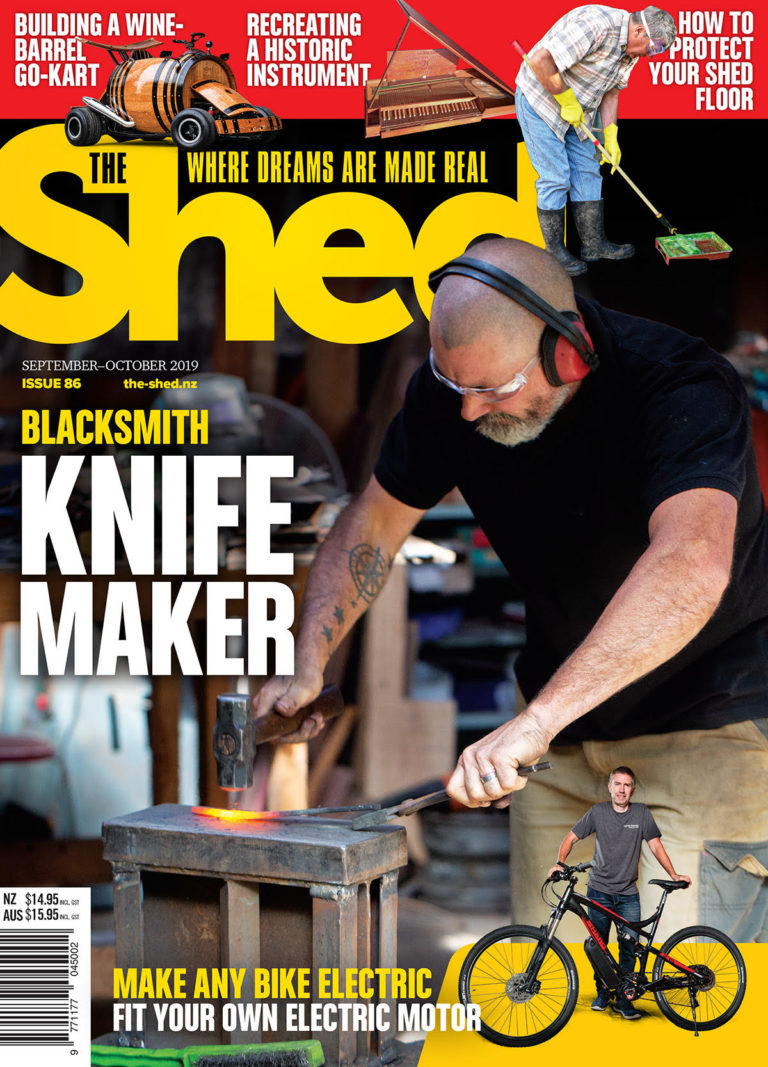
The Shed, September/October 2019 Issue 86, on sale now
In the October/ November Issue 86 of The Shed, we first head to Whanganui to meet blacksmith Josh Timmins.
Josh has his own way of making knives and axes and shows us how to make a Viking Knife starting with a piece of new steel right through to the finished product.
Then we head to…
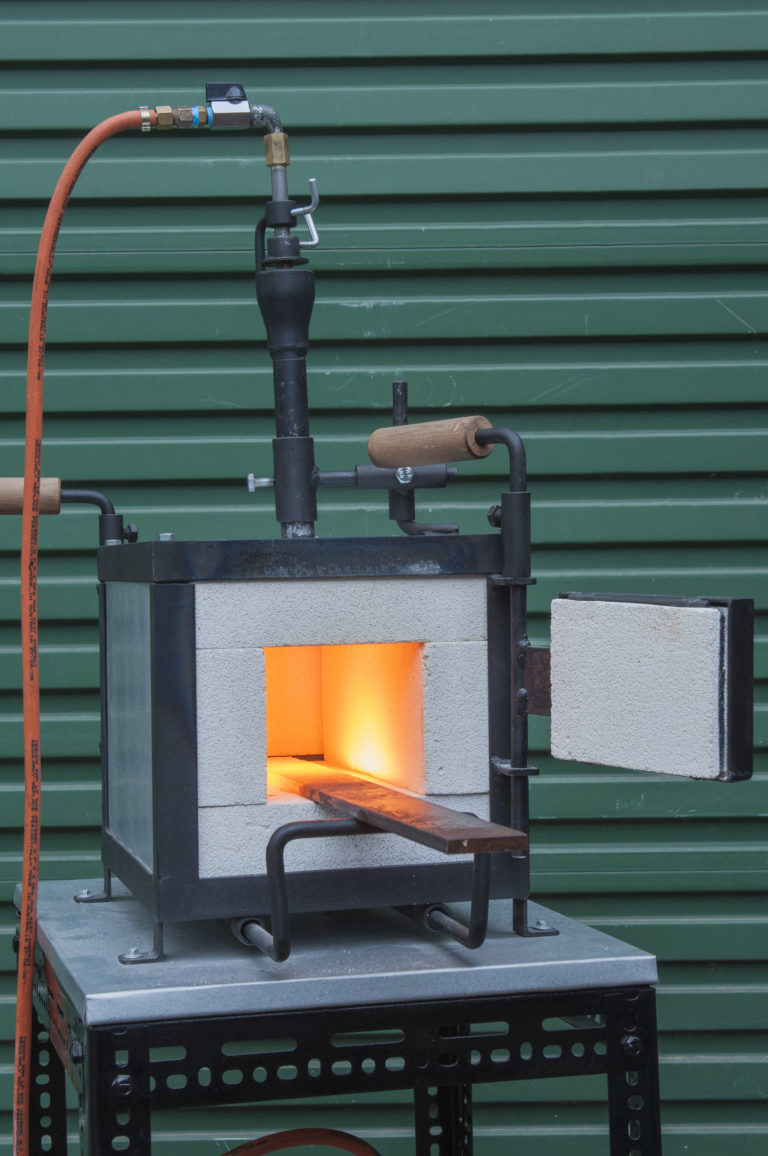
Build your own LPG-powered forge video
This brick forge is constructed from lightweight insulating firebrick. Known as a K26 brick it is available from Certec in Auckland.
These insulating fire bricks are rated to 1426°C and measure 230x115x75mm. They are commonly used to line foundry furnaces, forges, and kilns. These soft bricks can easily be cut to size with an ordinary wood saw, drilled to create burner openings, or routed to create channels.
Watch this video to see how we built this gas forge and an oil-powered version as well.
As featured in The Shed Issue 85
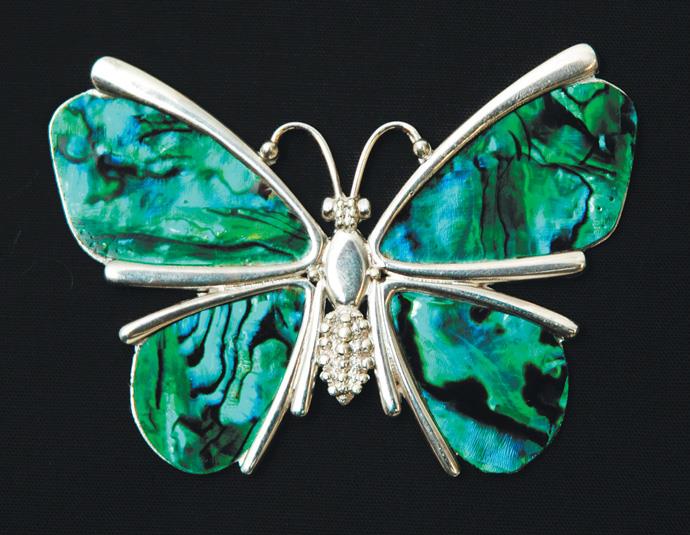
A silver butterfly takes wing
If this design was being made in an art school, it would be stuck to a sheet of silver and the basic shapes cut from there. If a design was made this way in, say, 18 carat gold and the wing outlines (as here) made from 2.5mm thick metal, the outlay and waste material would be considerable from a 2.5mm-thick sheet of 18 carat gold plate. But we will make it like a professional craftsman who has to live in the real world where costs matter.
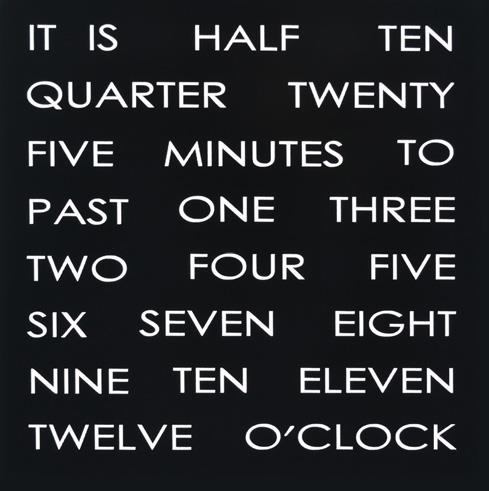
Making a word clock
The Word Clock is a project created by Doug Jackson using Open Source (www.dougswordclock.com) and has been evolving into the product you see here.
It is based on an Atmel 168 processor chip as used in Arduino, is programmed using Arduino and fitted into a custom-made printed circuit board (PCB).
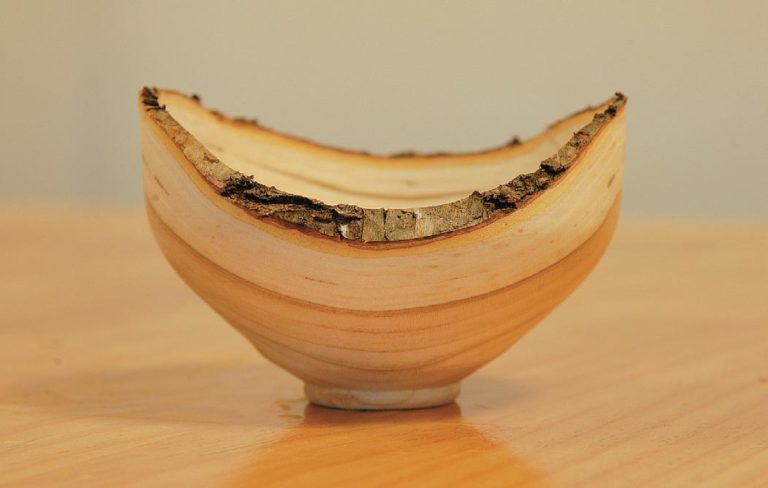
A bowl with a decent bark
The best timber for this kind of bowl is any fruit tree, the flowering cherry tree, olive tree or any tree with not too thick bark. Pohutukawa is a good wood, but the bark is fragile.
The secret to capturing this natural-edged look is to turn the bowl from a piece of timber that has not yet totally dried out.
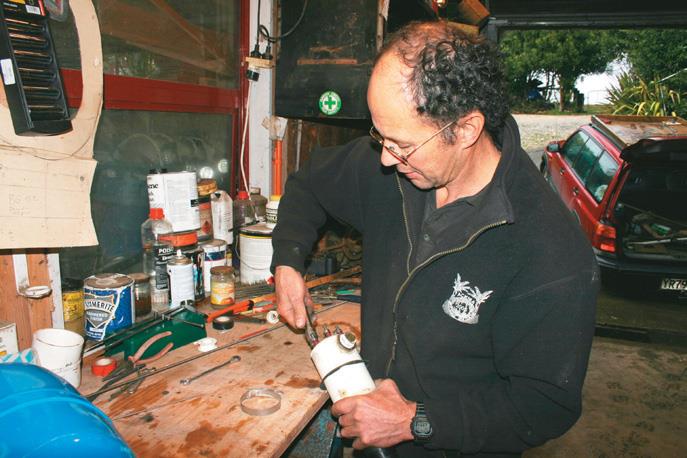
Water power on the up
The first water ram was patented in 1772 by Englishman John Whitehurst. Designs have evolved since then and continue to do so particularly in Holland where, in the 1990s, one university was building 20 water rams a year for third-world projects.
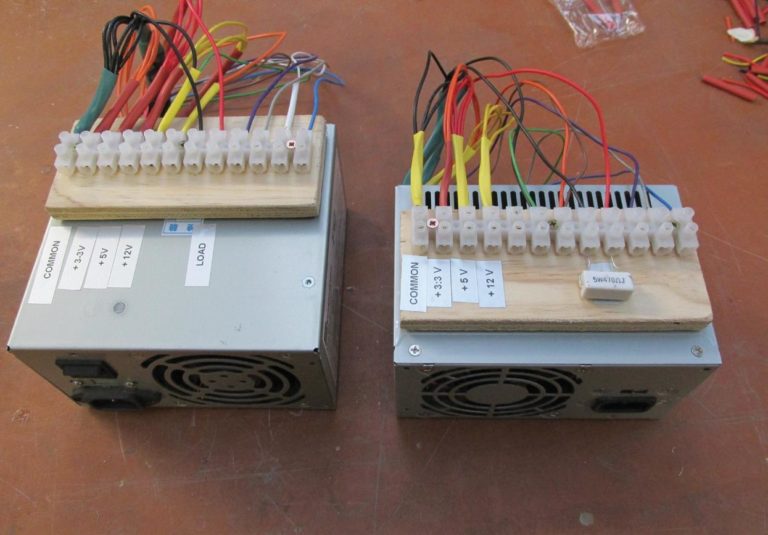
AC/DC: converting simply
There are times when you need DC (Direct Current) voltage for some project or other; it is mostly small applications—has to change the 230v AC mains into something else first, normally a low-voltage DC.

The new issue of The Shed, #85, on sale Australia-wide now
See this link to find your nearest Australian retailer https://www.theshedmag.co.nz/home/2018/9/5/find-your-local-australian-the-shed-retailer or head to https://magstore.nz/ to buy a copy or to subscribe for six months – two years, print and digital versions available.
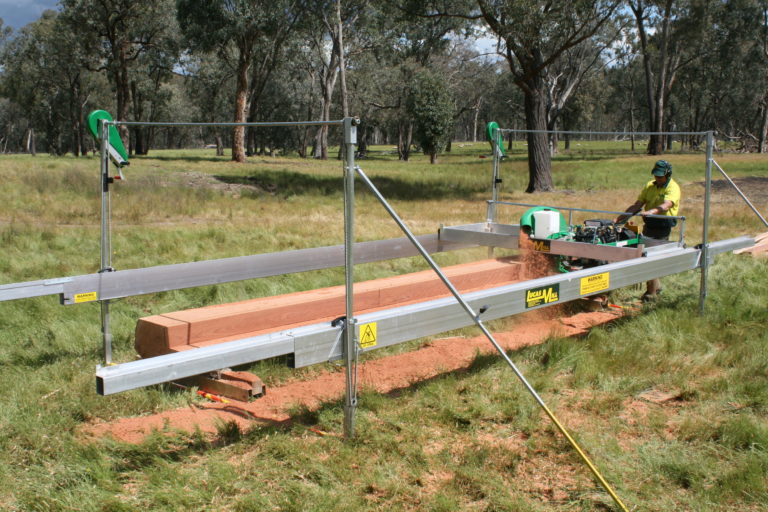
Lucas Mills celebrates 25 years of portable milling
Australia’s Lucas Mill celebrated its 25th year in the business of making portable sawmills. More than 18,500 Lucas Mill portable sawmills have been sold into more than 100 different countries, and the company says its first portable swing blade sawmill is still operating.
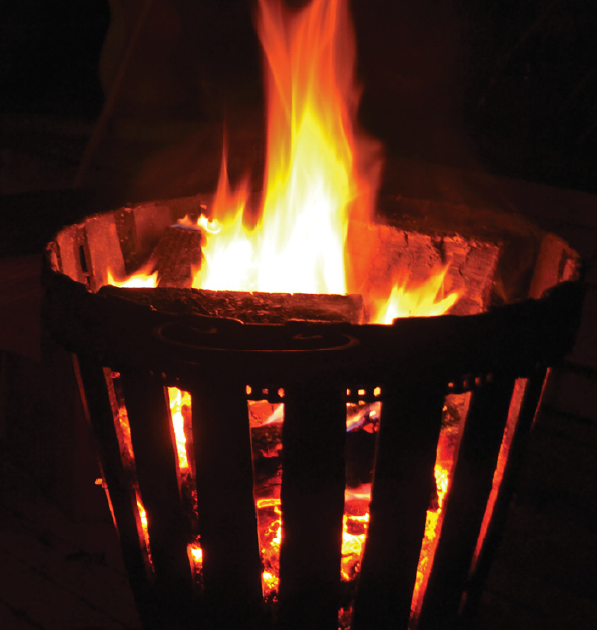
On fire!
Over the last couple of decades I have made my share of braziers, fire pits, and pizza ovens out of anything from old truck rims to LPG cylinders. But my hands-down favourite for source material for fire containers is CNG cylinders.
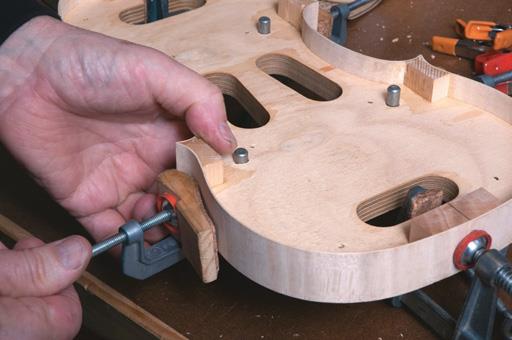
Making a violin – part two
Making a violin is a complex job involving around 40 pieces of wood of various types and sizes and plenty of patient, skilled woodworking. In Part One we chose the best maple for the back and spruce for the belly, shaped these plates and created the rib structure. Now it’s time to finish the construction.
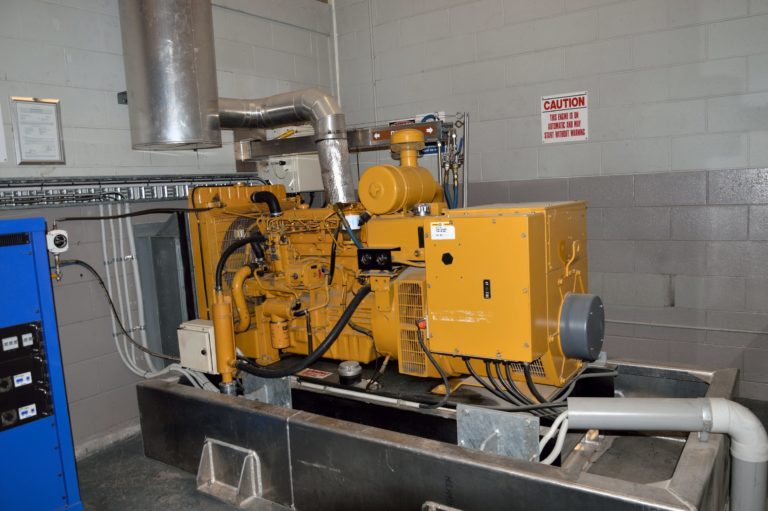
Generators: Let the power be with you
As winter approaches and power outages become something of a given, we thought it might be useful to identify what you need to know about generators, safety, their uses, and how to connect them to your home.
A generator is a motor driving an alternator to produce power, and with the advent of these Inverter Generators (see my review of Honda inverter generators) the basics haven’t changed, but how they operate has.
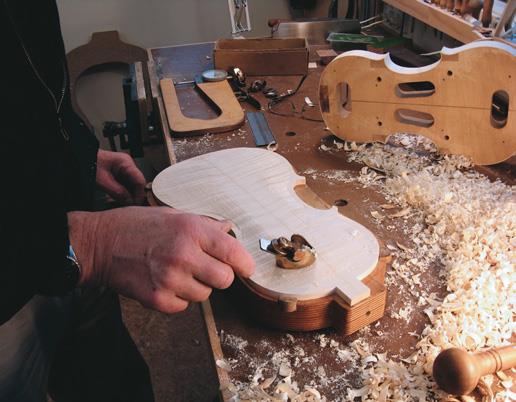
Making a violin – Part One
When I decided to make a violin to take to a conference in America, I chose a beautiful example by Guarneri “del Gesu”—the “King” violin made in 1735—as a model.
Given the significance of the violins by the great makers, there is a respected tradition of making copies or instruments modelled on their work. I was quite happy for The Shed magazine to follow its progress but as there are books written in great detail about violin-making, this magazine article can only be a summary of what I did and some of the problems I encountered.
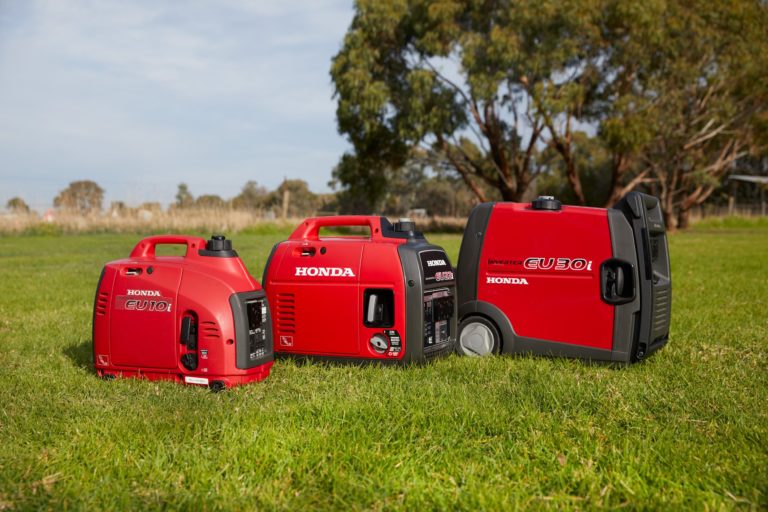
No one regrets buying quality – The Shed product spotlight
Honda’s inverter generators are famous for their reliability, fuel efficiency and portability but they also supply ‘clean’ power for phones, laptops and power tools. Older generators can produce power spikes or variable voltages that can damage modern appliances. The portable EU10i was the first generator of its size to feature a sine wave inverter assuring commercial-quality electricity.
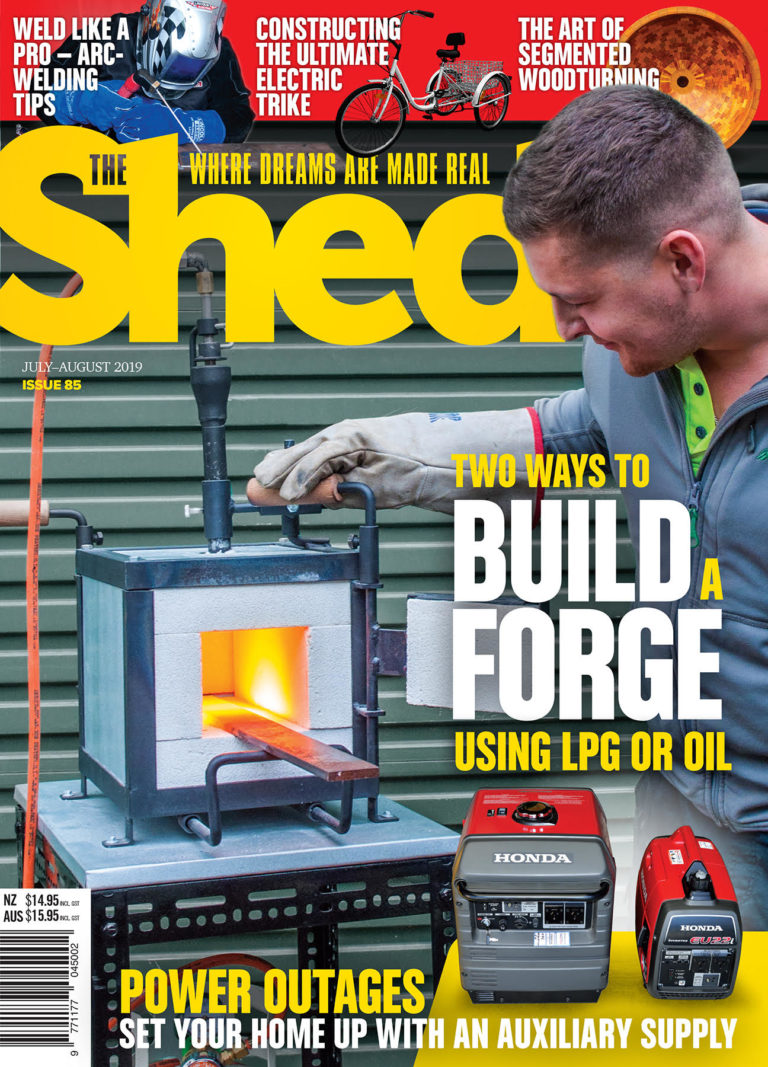
The Shed July/August 2019, Issue no 85, on sale now
Always wanted your own knife-makers forge? Well in the July/August Issue 85 of The Shed we show you how to make two differing styles, one using LPG power and one using used engine oil to create the heat. What a great way to dispose of old oil and both give great results without incurring huge build costs.
Then we…
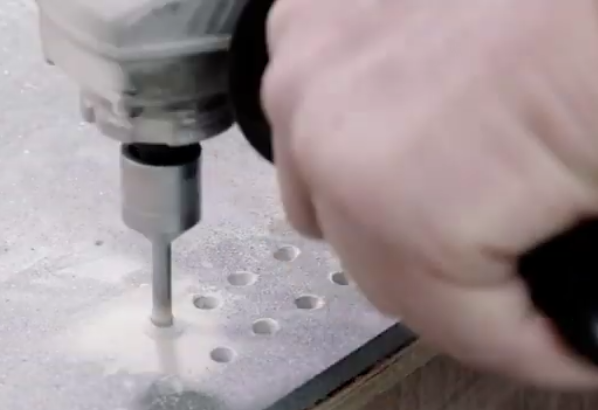
Porcelain drilling solutions using Tusk VB core bits
Watch this video and be impressed at what these core bits can do
The drills have a vacuum-braised diamond cutting edges for longer life and strength. The range of Tusk VB core bits are for drilling, grinding and cutting using angle grinders for precision and control.

A bit of light work
The answer came like a light bulb. In fact, it was a light bulb – one that fits snugly under the top of the drill press and shines on the complete work area below, with little or no chance of casting unwanted shadows. It’s easy to make, as you can see from the step-by-step pictures.
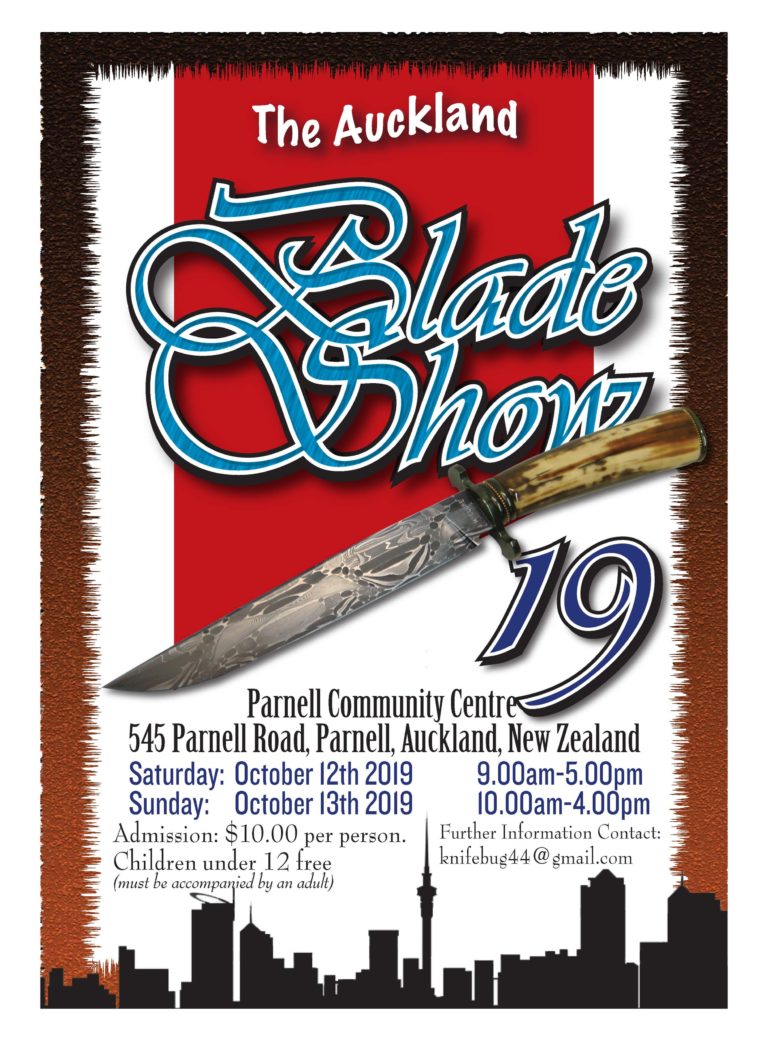
The Auckland Blade Show is back for 2019!
Good news, the Auckland Blade show is back on again this spring. Same location, 545 Parnell Road, Parnell, Auckland and this year it’s on the weekend on 12 & 13 October. See their poster for more info.
The Shed will see you there.
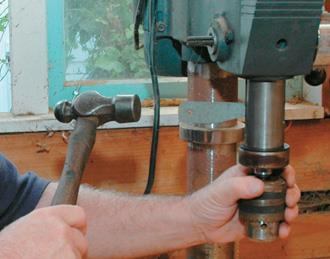
How to fix that wavering drill
First we checked to make sure that the there was in fact some play in the quill and indeed the dial gauge showed run-out of over 0.5 mm, quite a significant amount of wobble. I felt vindicated and quietly pleased that I hadn’t dragged Russell away from oiling and balancing the wheels of industry on false pretences.
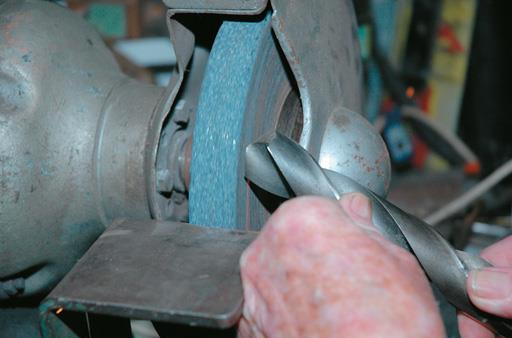
Sharpen up your drills
Back when I was sharpening drills as part of my punishment, I discovered there were slow spiral and straight-fluted drills for brass and plastic. You may need a straight-fluted drill. You can create this by “backing off” the first 3 or 4 mm of a spiral-fluted drill.

Tiling tips and advice thanks to Selleys
Got some tiling to do? Need some best practice tips?
Well here are three videos from Selleys with advice on fixing tiles to a surface, grouting and finally sealing the tiles.
Its all done using Selleys products so you can be sure of a great result.
Enjoy.
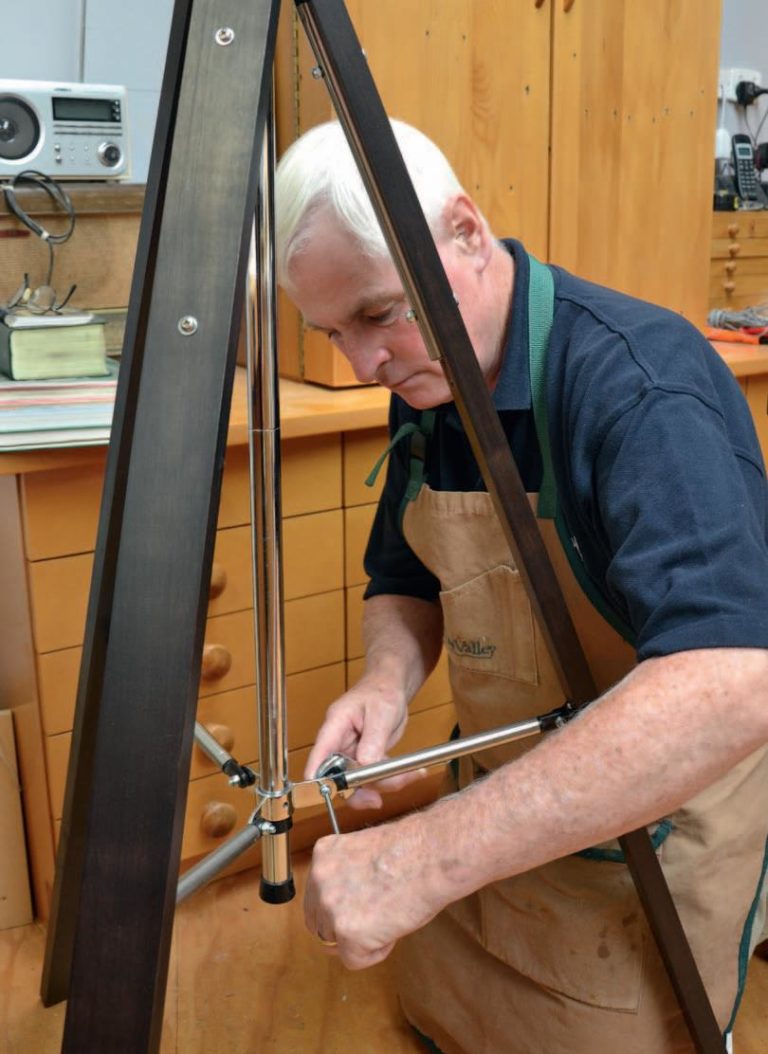
Industrial style at home
For the centre, I had intended to use one-inch (25.4 mm) diameter stainless steel that I had left over from a previous job but the lamp we purchased came with a one-inch chrome-plated tube which I decided to use. It also came with a screwed insert in the top for attaching the lamp and this saved me from needing to make an insert.
If you use stock tube, you will need to make an insert to fit in the top of the tube to take the lamp you purchase. This could be a nut you can find with the same thread as the lamp and where you just need to have the outside diameter reduced or you can make an insert and thread it accordingly.

Double the good news for our Australian readers
The latest issue of The Shed, Issue 84, is on-sale all around Australia this week. Click on this link for the latest retail outlets near you to pick up a copy
https://www.theshedmag.co.nz/home/2018/9/5/find-your-local-australian-the-shed-retailer
But wait, there’s more. For the final time, we also have a limited number of copies of our special edition publication Best of The Shed also on-sale in all Australian states. This is the last of our stock of our Best-of 10 years of The Shed.
Find your local Australian retailer for Best of The Shed magazine
Our great anthology of the best projects from the first 10 years of The Shed is now available in Australia at all good newsagents. Use
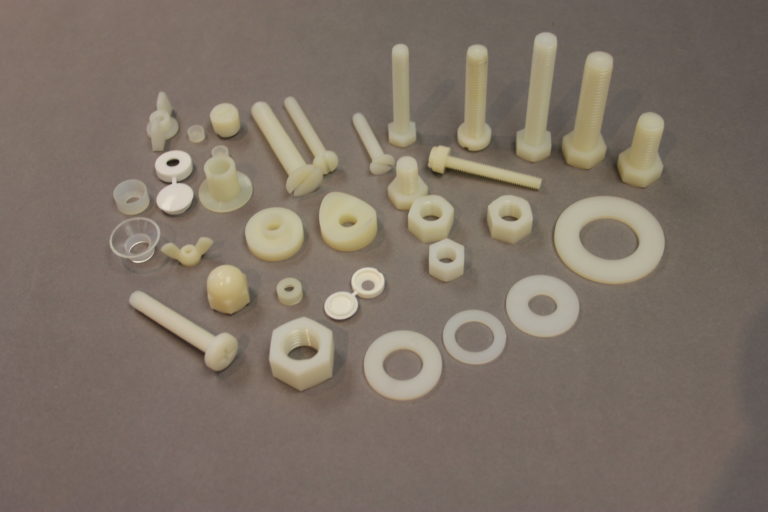
Have you got that in nylon?
Need nylon fasteners or washers? Hi-Q Components is the go-to solution for the widest range of nylon screws, nuts, bolts and washers in both metric and imperial sizes for all engineering or assembly needs. Threaded rod in 1-metre lengths is also available in M3–M20 sizes. Hi-Q Components also stocks flat, self-retaining, and insulating washers in many sizes. To buy online or for further information, contact Hi-Q Components on 0800 800 293, email [email protected] or see.hiq.co.nz.

